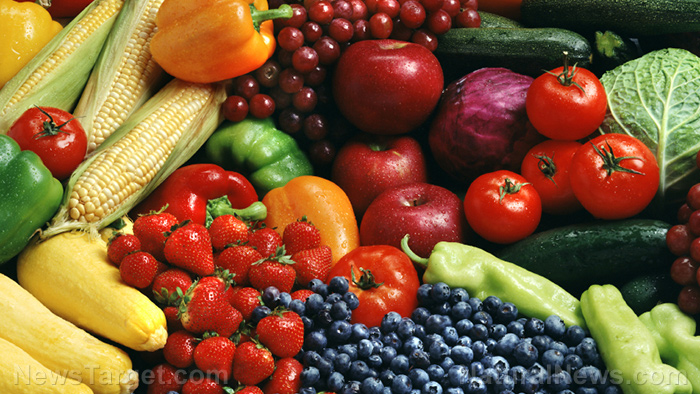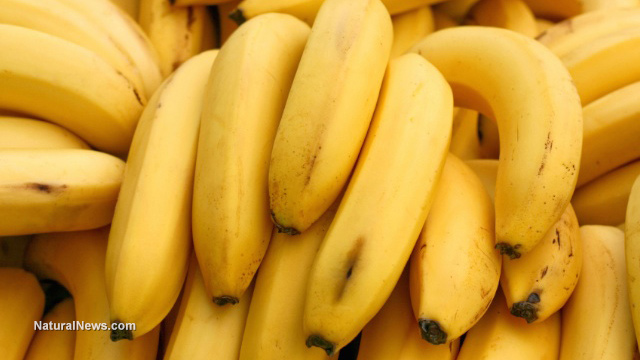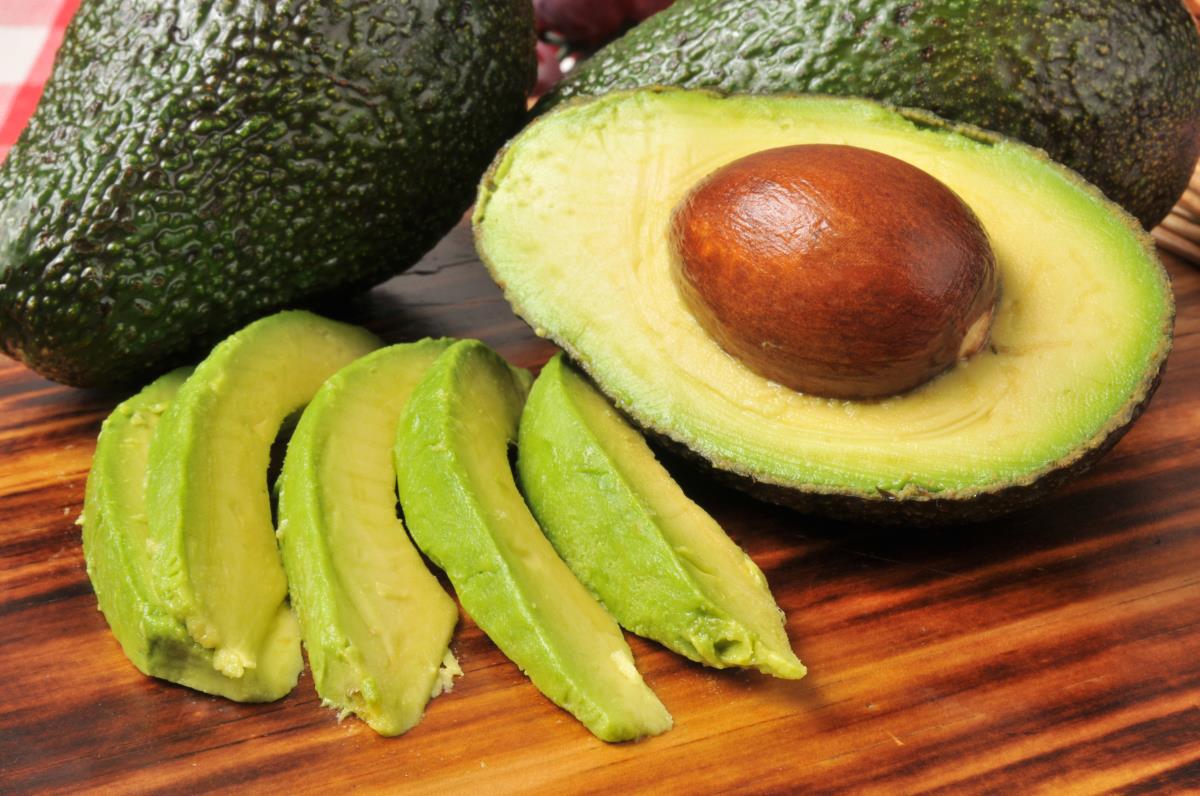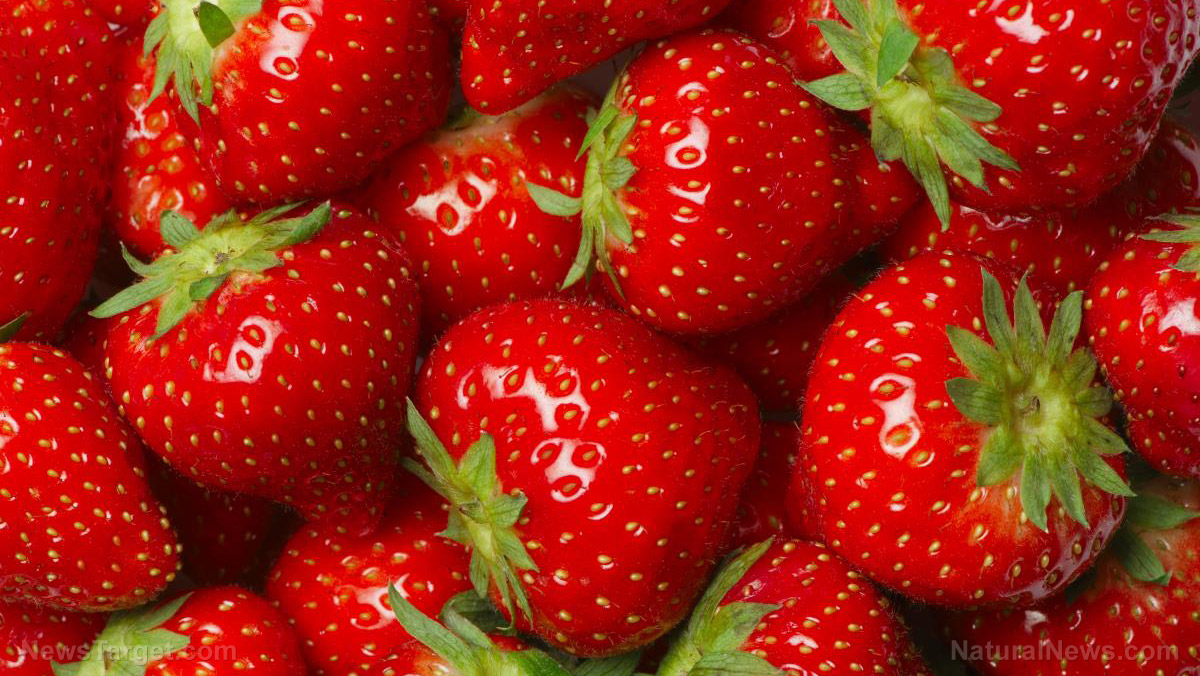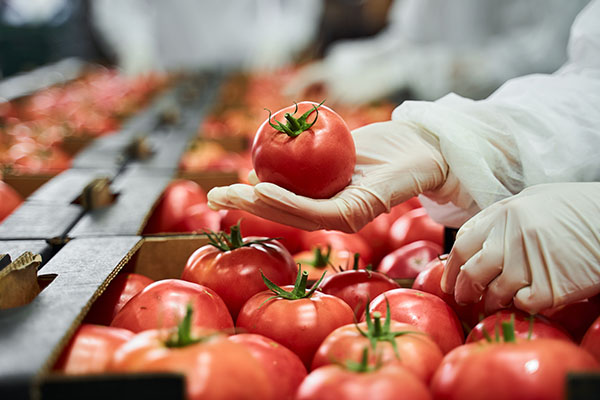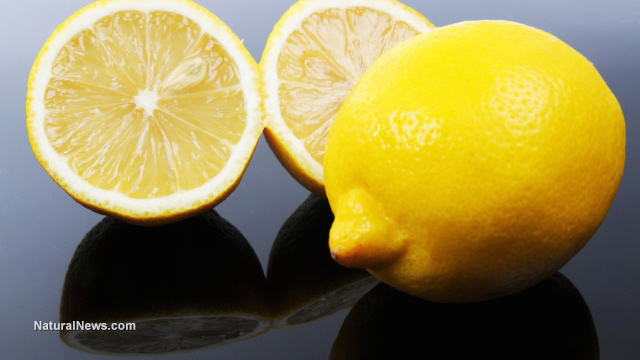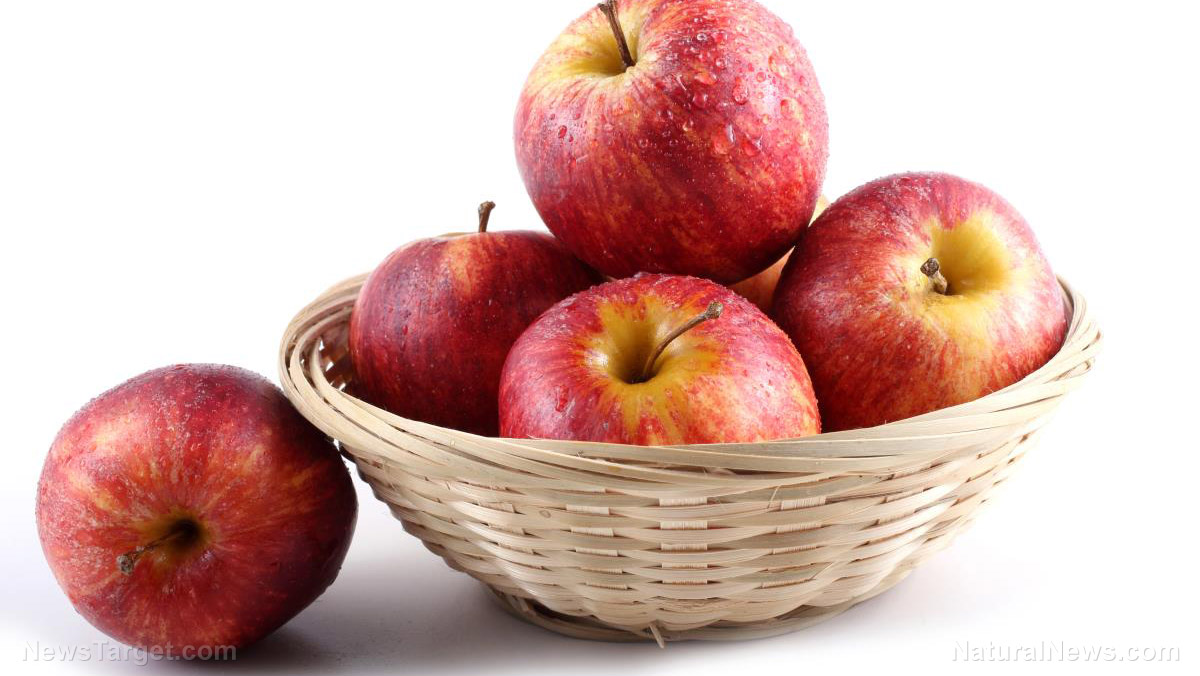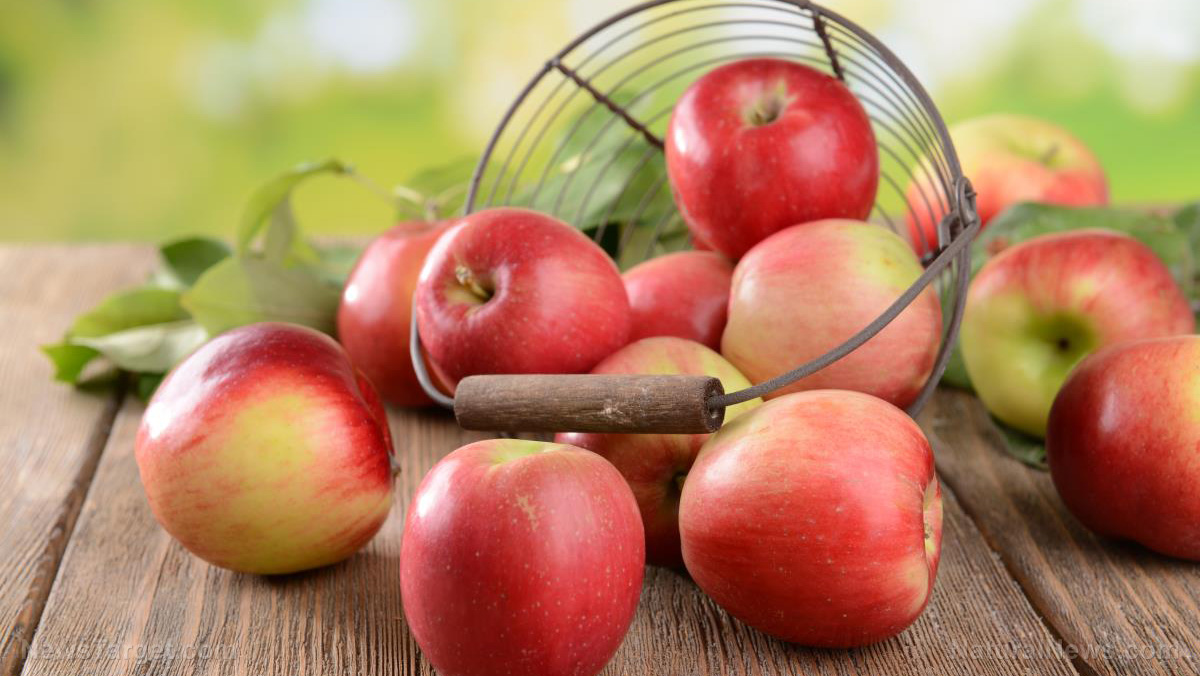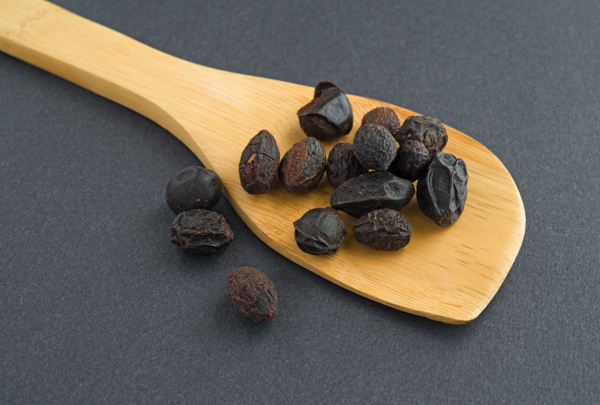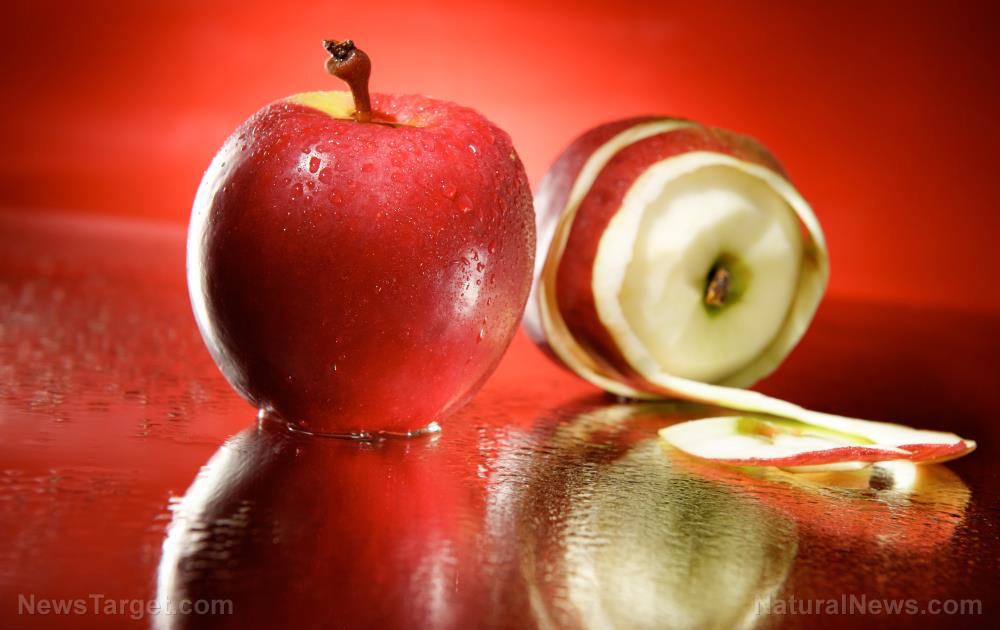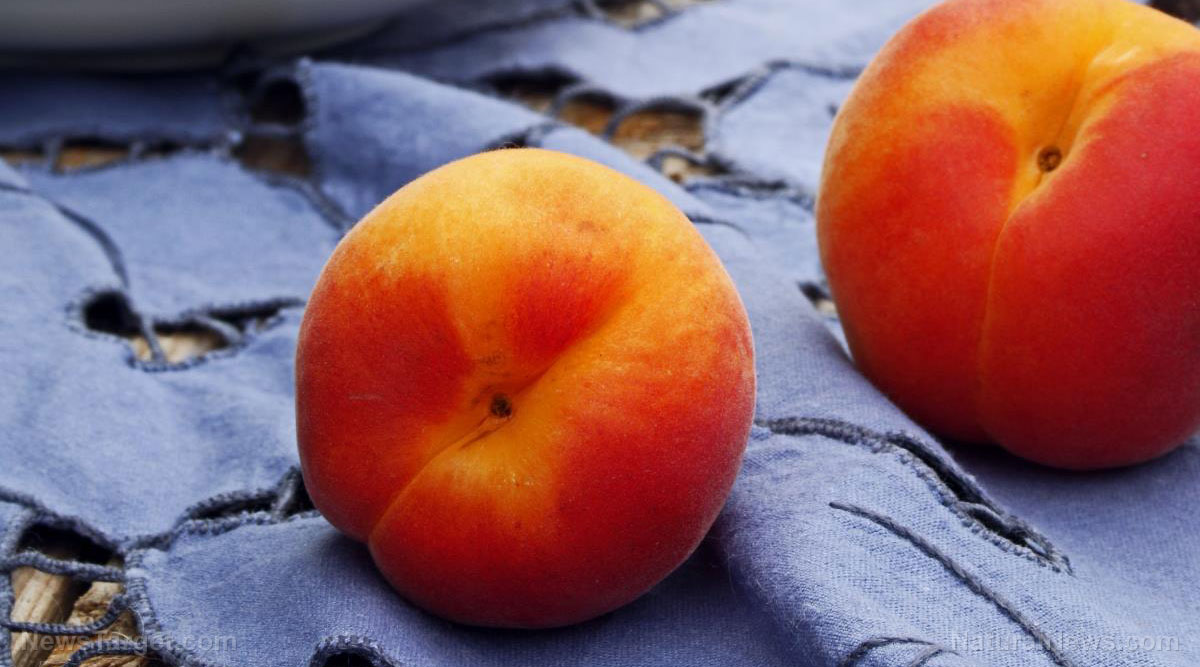EWG’s 2025 “Dirty Dozen” exposes pesticide risks in blackberries and potatoes
06/17/2025 / By Cassie B.

- The EWG’s 2025 “Dirty Dozen” report adds blackberries and potatoes due to high pesticide levels, including chemicals banned in Europe.
- Blackberries and potatoes are vulnerable to contamination due to their thin skins and post-harvest chemical treatments, exposing consumers to toxins like carcinogenic cypermethrin.
- EWG’s “Clean Fifteen” highlights produce like avocados and pineapples with thick skins, showing minimal pesticide residues and safer consumption options.
- Nutritionists warn against avoiding fruits and vegetables, as the health risks of skipping produce outweigh pesticide exposure risks.
- Washing and peeling produce reduces pesticide exposure, but systemic reform is needed to address corporate influence on food safety regulations.
The Environmental Working Group (EWG) has once again sounded the alarm with its 2025 “Dirty Dozen” list, this time adding blackberries and potatoes due to shocking levels of pesticide contamination. According to USDA testing, 93% of blackberry samples and 90% of potato samples contained toxic residues, including chemicals banned in Europe. But while the findings reveal yet another betrayal of public trust by Big Ag and complicit regulators, nutritionists insist the solution isn’t to avoid produce.
The EWG’s annual report, based on analysis of over 53,000 produce samples, now ranks contamination not just by pesticide volume but by toxicity, exposing how even trace amounts of certain chemicals pose serious health risks. “We’re not only flagging produce with the most pesticides, we’re also highlighting those with potential health hazards,” said Varun Subramaniam, an EWG associate scientist. Yet amid the justified outrage, a critical truth remains: avoiding fruits and vegetables does far more harm than good.
The new offenders: Thin skins and systemic corruption
Blackberries and potatoes earned their spots on the Dirty Dozen due to a perfect storm of biological vulnerability and regulatory failure. Blackberries, with their delicate, porous skins, tested positive for an average of four different pesticides per sample, including cypermethrin, which is a probable human carcinogen, according to the EPA. Potatoes, meanwhile, were contaminated with chlorpropham, a sprout inhibitor banned in the EU in 2019 but still rampant in U.S. fields.
The reason? Thin-skinned or root-based crops absorb chemicals more readily, and post-harvest treatments (like chlorpropham sprayed on stored potatoes) linger dangerously close to consumption. “Because it’s applied so late after harvest and so close to when consumers might be exposed or eating potatoes, that’s partially what leads to some of these really high concentrations,” explained EWG’s Alexis Temkin. Yet while the EU bans these toxins, U.S. agencies, often captive to agrochemical lobbyists, continue to greenlight their use.
The Clean Fifteen: Nature’s own protection
For shoppers seeking safer options, EWG’s “Clean Fifteen” list offers hope. Topping this year’s rankings are pineapple, sweet corn, and avocados, all of which are produce with thick, inedible skins that shield the edible flesh from pesticides. Remarkably, nearly 60% of Clean Fifteen items had no detectable residues at all.
“Bananas are a staple in children’s diets, so it’s encouraging to see them on the list,” noted EWG scientists. The takeaway? While corporate agriculture saturates fragile crops with toxins, nature’s own defenses—like avocado peels or pineapple rinds—still provide some refuge.
Wash, don’t panic
Despite the alarming data, nutritionists stress that avoiding produce is far deadlier than any pesticide residue. “You will do far more harm than good to your body by taking away important nutrients from fruits and vegetables if you stop eating them altogether,” warned dietitian Elizabeth Shaw. Peer-reviewed studies back this up: One 2024 analysis found no cancer risk difference between organic and conventional produce consumers, while another showed that eating seven daily servings slashed premature death risk by 42%.
Simple washing reduces exposure dramatically. The FDA recommends scrubbing firm produce like potatoes under running water for 15 seconds and peeling outer layers of leafy greens. Even for porous berries, rinsing removes surface residues, although it won’t eliminate systemic chemicals absorbed during growth.
The Dirty Dozen list isn’t just a shopping guide; it’s a damning indictment of a food system that prioritizes profits over people. Yet until regulators break free from corporate capture, consumers must arm themselves with knowledge: Buy organic when possible, scrub thoroughly, and never let fear override science. The real crime would be letting corruption steal our health twice – first by poisoning our food, then by scaring us away from it.
Sources for this article include:
Submit a correction >>
Tagged Under:
chemicals, dangerous, dirty dozen, food supply, Fresh, fruit, harvest, organic produce, produce, toxins, vegetables, Veggies
This article may contain statements that reflect the opinion of the author
RECENT NEWS & ARTICLES
COPYRIGHT © 2017 FRUITS NEWS

